Landforms Teaching Resources
Are you teaching about the different major landforms this school year? Get worksheets, maps, vocabulary activities, and more for your elementary social studies classrooms — all created by teachers for teachers like you!
This collection of printables and digital teaching resources is aligned with both TEKS and Common Core and includes editable options so you can meet state standards while also differentiating to meet individual student needs.
New to teaching this portion of the curriculum? Here's a quick refresher from the science teachers at Teach Starter!
What Is a Landform Definition for Kids?
By definition, a landform is a natural feature of the planet Earth — everything from mountains to valleys. We teach kids that landforms have recognizable shapes such as the cavernous shape of a valley or the high peak of a mountain, and it's important to point out that these features can come in a variety of sizes. A hill may be smaller than a mountain, but it's still a landform.
You likely know the United States is a large and geographically diverse country with many landforms, including mountains, plains, valleys, and plateaus. So how do you teach this concept in your classroom? We thought you'd never ask!
How to Teach About Landforms
Many different teaching resources can be used to teach landforms to students of all ages. Here are a few ideas to get you started:
- Maps: Maps are an excellent resource for teaching landforms, as they allow students to see the location and shape of different features. You can use physical maps, such as a printable blank map, or digital interactive activities to introduce your students to new places.
- Hands-on activities: Hands-on activities are a great way to engage students in the study of landforms and help them understand the concepts in a more concrete way. Some ideas might include landform matching activities, landform sorts, bingo games, and more.
- Practice Activities: Practice makes perfect, so any type of teaching material that builds in that practice is great for learning about landforms. You could have a look at our map labeling worksheets, geography matching activities, and printable map quizzes.
Why Should Kids Learn About Landforms?
There are many reasons why kids should learn about landforms. Here are a few:
- Landforms are a fundamental part of the natural world, and they shape the environment in which we live. By learning about landforms, kids can better understand how the Earth's surface has evolved over time and how it continues to change today.
- Landforms are an important aspect of geography, and learning about them can help kids develop a sense of place and an appreciation for the diversity of the world around them. It can also help them understand the relationships between different landforms and how they influence human activity.
- Landforms can be used as a way to teach kids about science and the scientific method. By studying landforms, kids can learn about the processes that shape the Earth's surface, such as erosion and tectonic activity. They can also develop critical thinking skills by formulating hypotheses and testing them through observation and experimentation.
- Plus Plan
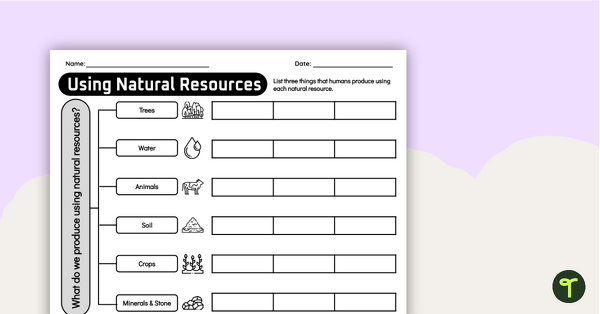
How Do We Use Natural Resources? Concept Map Worksheet
Help your students uncover the ways that humans use natural resources with a concept map.
- Plus Plan
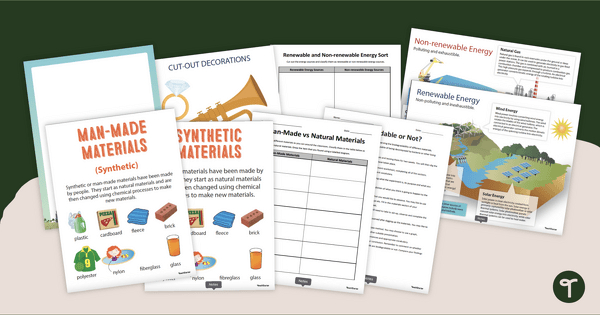
Material World Resource Pack
Learn about natural and manmade materials with a printable resource pack!
- Plus Plan
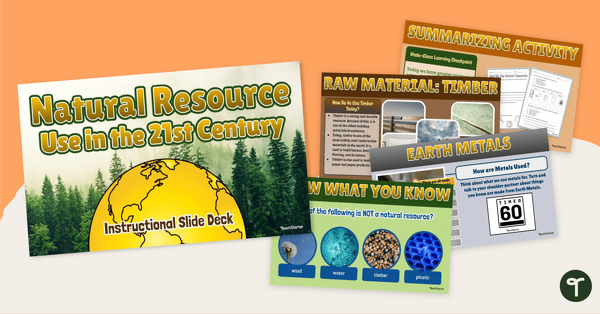
Natural Resource Use - Instructional Slide Deck
Explore how natural resources are used by humans in the 21st century with an instructional slide deck.
- Plus Plan
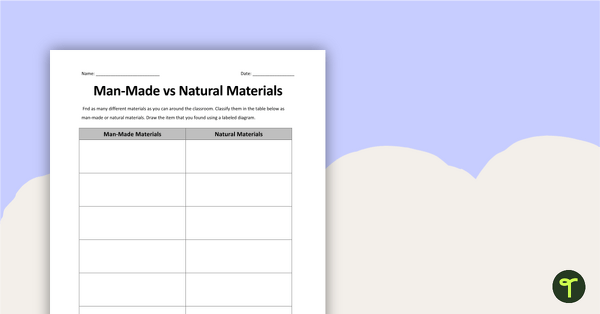
Man-Made vs Natural Materials Worksheet
Move around the classroom and identify different examples of manmade and natural materials with a gallery walk worksheet.
- Plus Plan
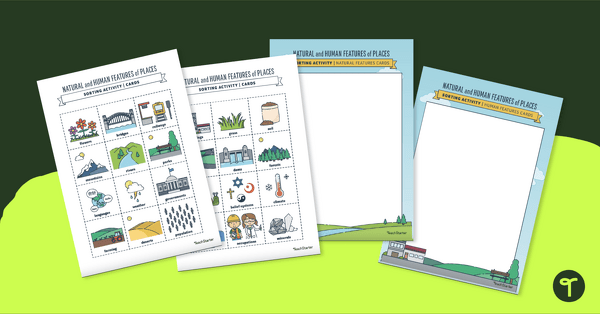
Man-made vs. Natural Features - Sorting Activity
Identify the natural and human features of environments with this sorting activity.
- Plus Plan

What are Natural Resources - Instructional Slide Deck
Explore natural resources, where they come from, and how we use them with an instructional slide deck.
- Plus Plan
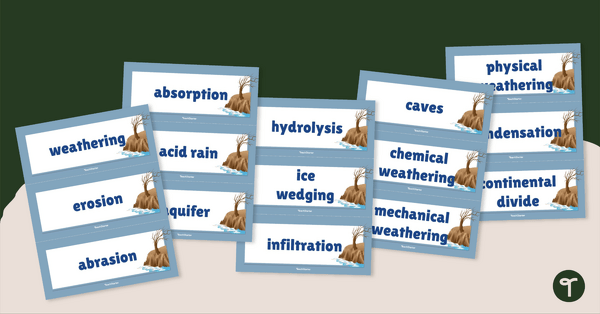
Weathering and Erosion Word Wall Vocabulary
Expand your students' science vocabulary with a weathering and erosion word wall.
- Plus Plan
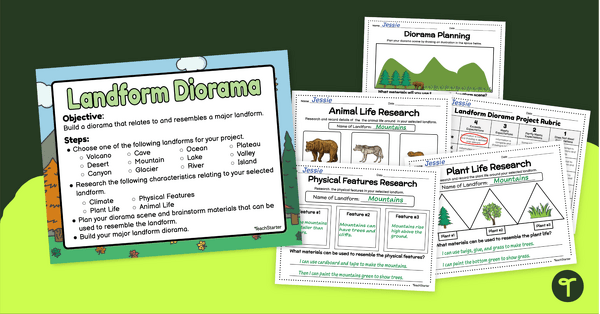
Landform Diorama Project
Create and display a diorama of a landform with our landform project planning and creation templates.
- Plus Plan
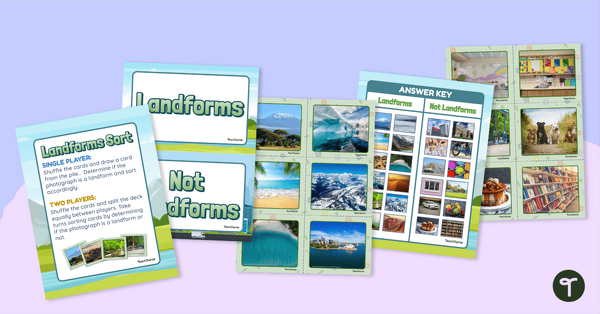
Natural Landforms Sorting Activity
Identify the major landforms of the world with a sorting activity.
- Plus Plan
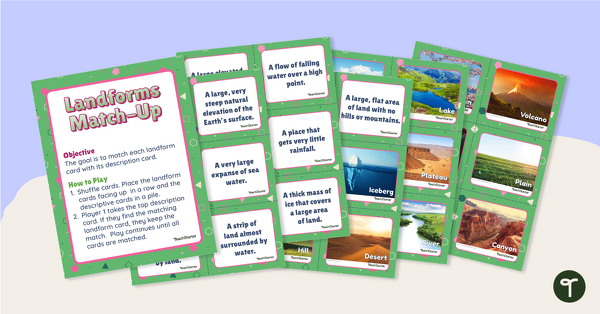
Landforms Vocabulary Match
Identify the major landforms of the world with a matching activity.
- Plus Plan
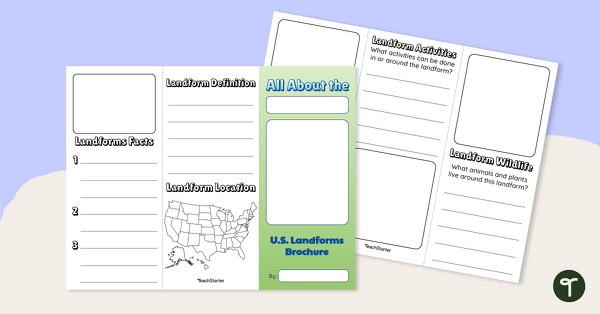
U.S. Landforms Brochure
Research and present knowledge of famous landforms in the United States with a brochure project.
- Free Plan
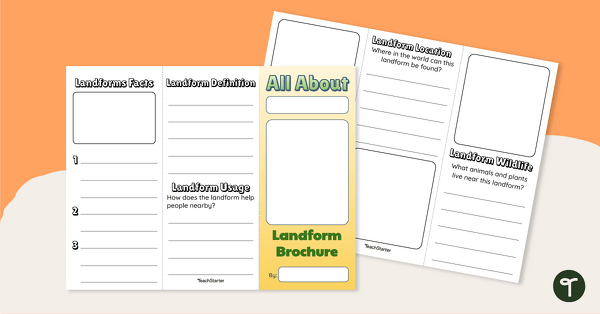
Landforms of the World - Brochure Template
Add to your bank of landform project ideas with a free Landform Research Brochure.
- Plus Plan
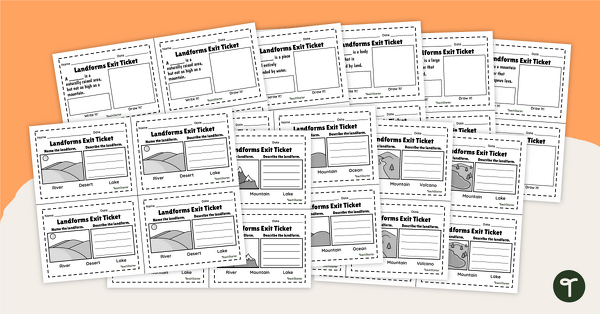
Types of Landforms - Exit Tickets
Explore the features of various landforms with this set of 20 exit tickets.
- Plus Plan
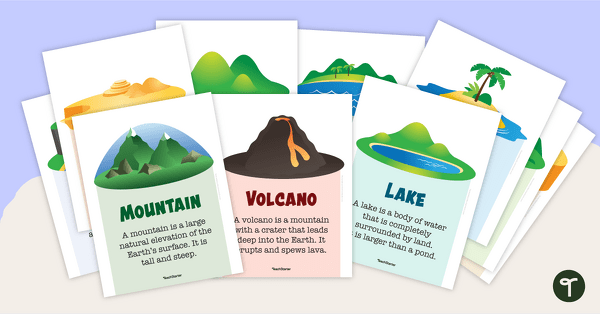
Natural Landforms for Kids Poster Collection
Display and teach the types of landforms on Earth with a set of fifteen Natural Landforms posters.
- Plus Plan
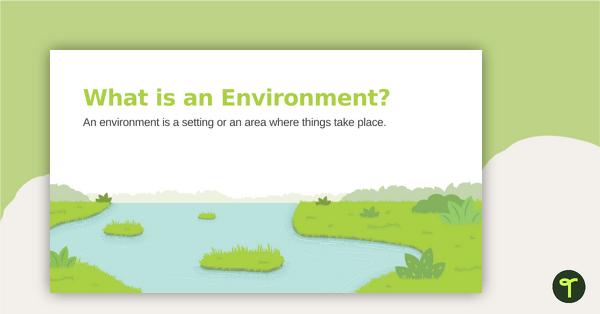
Natural, Managed, and Constructed Environments PowerPoint
Explore some of the features of environments with this 17-slide teaching deck.
- Free Plan

Natural or Man-made? - Worksheet
Distinguish between natural and man-made resources with this cut-and-paste worksheet.
- Plus Plan
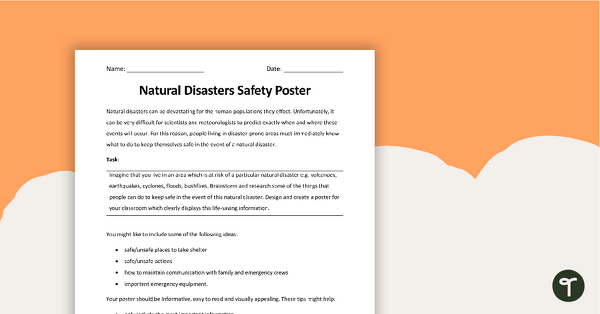
Natural Disasters Safety Poster
A task to be used when investigating how to remain safe in the event of a natural disaster.
- Plus Plan
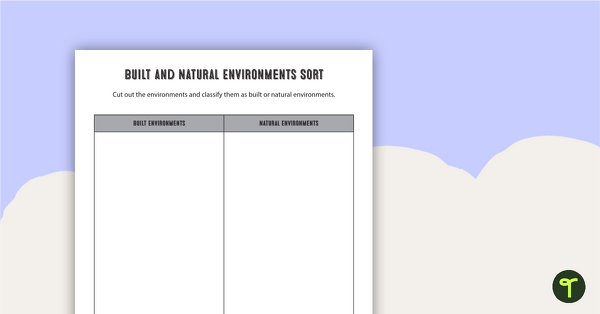
Natural and Built Environments Sort Activity
A natural and built environments sort activity.